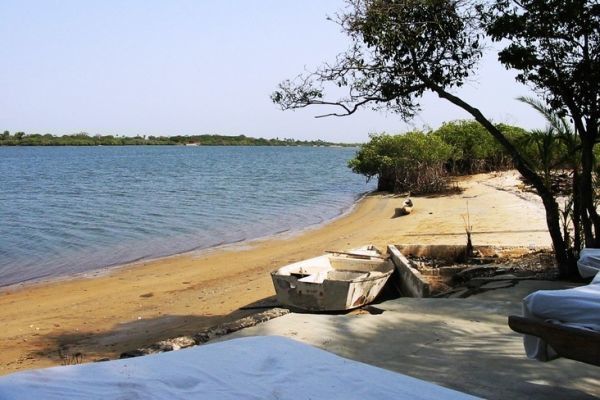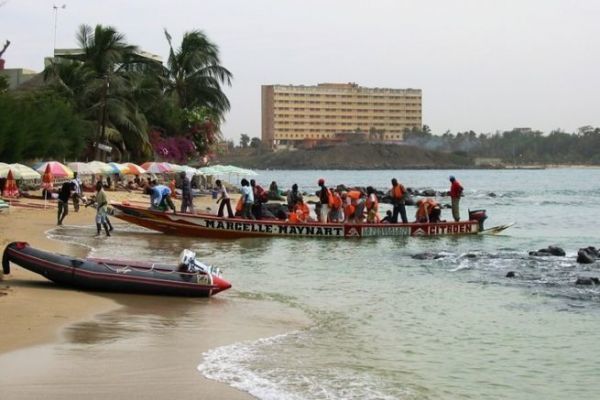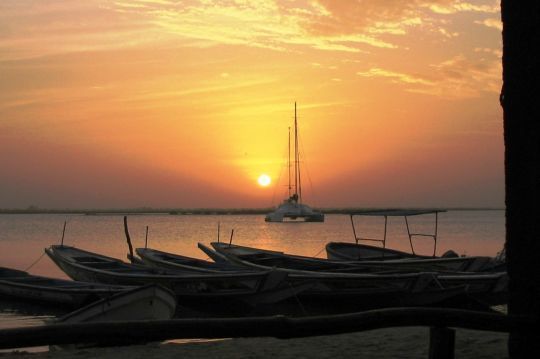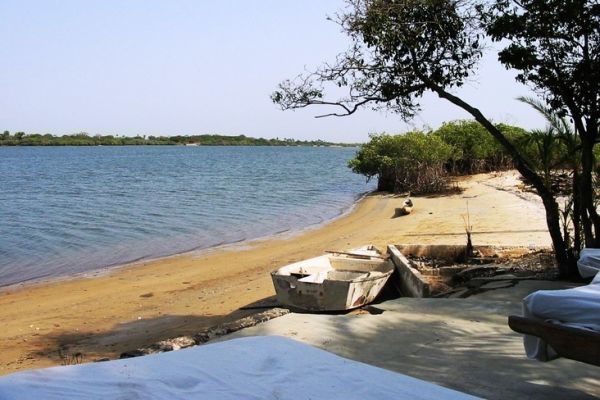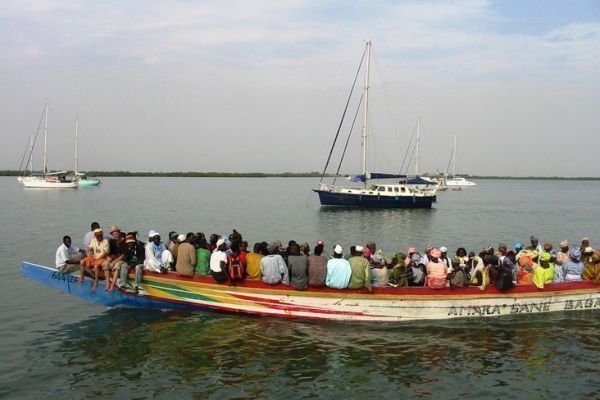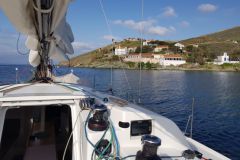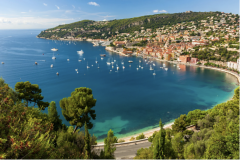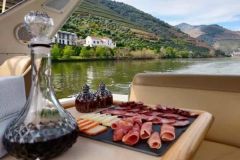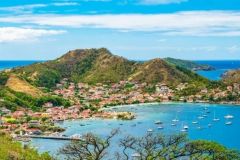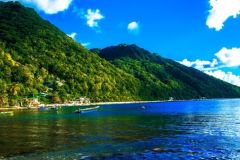Up the Casamance River
If you're lucky, you can enter the Casamance River in the company of large dolphins. The waves that break are sometimes impressive. The estuary is under the direct influence of the sea . Its ramifications unfold in a landscape of mangroves and salt flats.
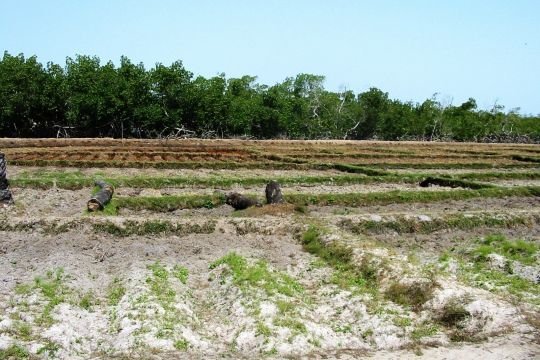
This vegetation provides important resources for the local population. However, it relies on a delicate balance between freshwater inputs from precipitation and salt water upwelling due to tides .
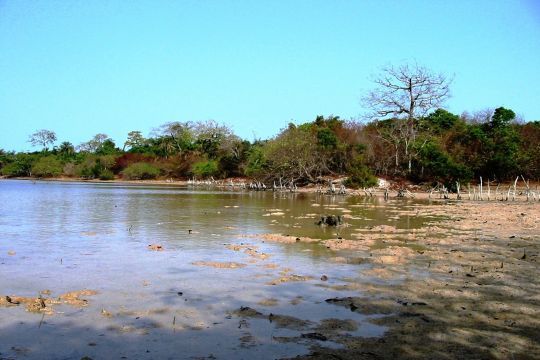
Ehidj, island of fÍticheurs
Ehidj is a sacred island nestling in the heart of the Casamance river delta. The dead are not buried here. When a death occurs, the deceased is taken by pirogue to the neighboring islet, suitable for burial. Here, life is lived soberly, with very little, but without ignoring what modernity deserves.
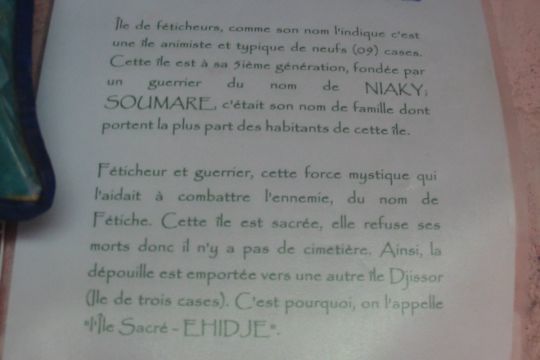
A "camp", powered by solar energy, groups together the huts, scattered randomly over a sandy area. Most are made of breeze-block, but some are still built "‚euros√ l'ancienne‚euros", of wood and earth. A well supplies the village at the cost of a manual draw-off.
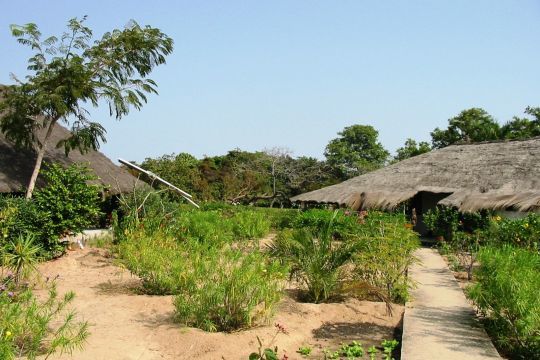
Around the homes, everyone raises chickens and pigs.
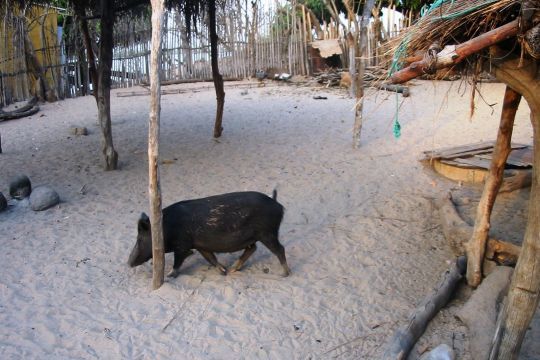
Very young children stay in the village with their mother, while older children go to school several kilometers away, and only return to their parents' home on vacations, living with an uncle or another sibling during the school year.
Friendships are quickly forged with visitors
Sometimes, the village chief will suggest a walk in the bush. The excursion begins with a visit to the huts, with commentary on social life. With a bit of luck, the visitor will be invited to taste the palm wine...
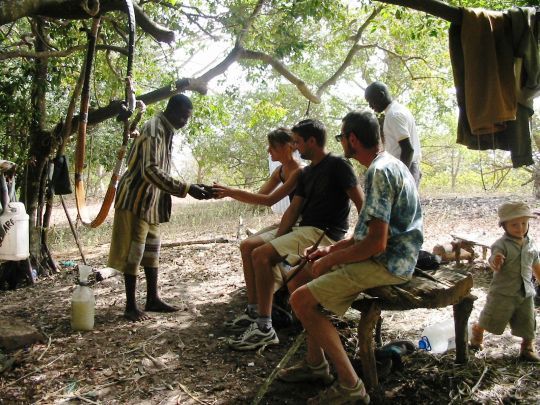
An impromptu visit to the "Jardin des femmes
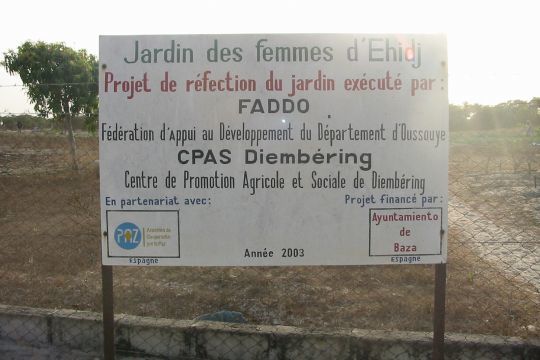
The hard work of the village women is used to produce vegetables for the whole community. Admirable, these ladies take on a thankless and exhausting daily routine with dignity, pulling weeds by hand and pumping water from the well.
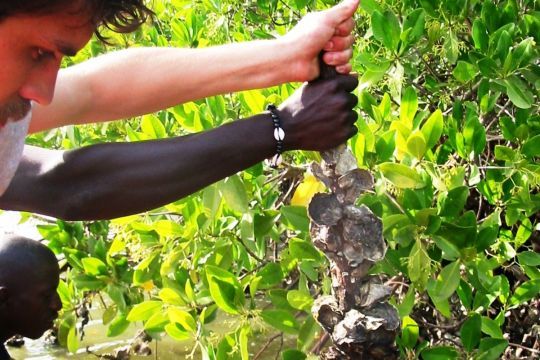
In the evening, it's time for music and dance
Striked with vigor by agile hands, the djembes set men and women vibrating in spectacular contortions, well into the night.
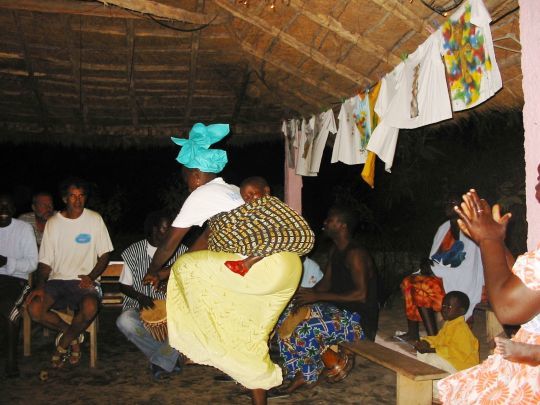
Casamance is a wonderful country, well worth spending months or even years in...
This is what some epicurean boat wanderers do, in no hurry to embark on a crossing. A few miles upstream, the town and port of Ziguinchor offer a very different face.

 /
/ 